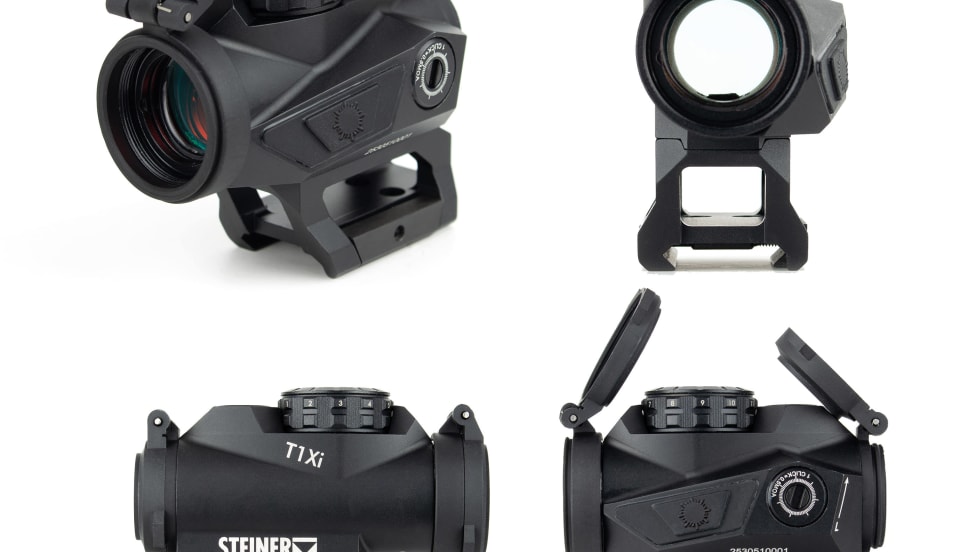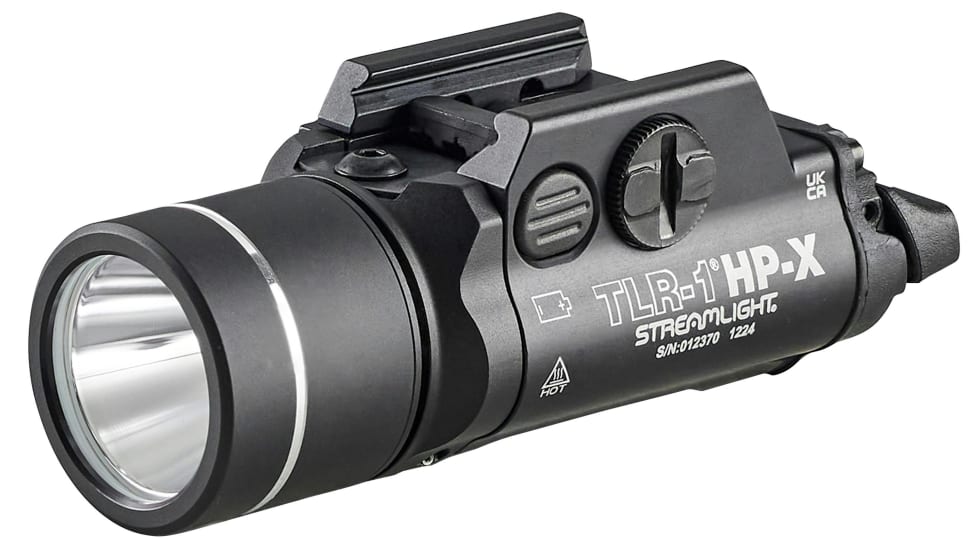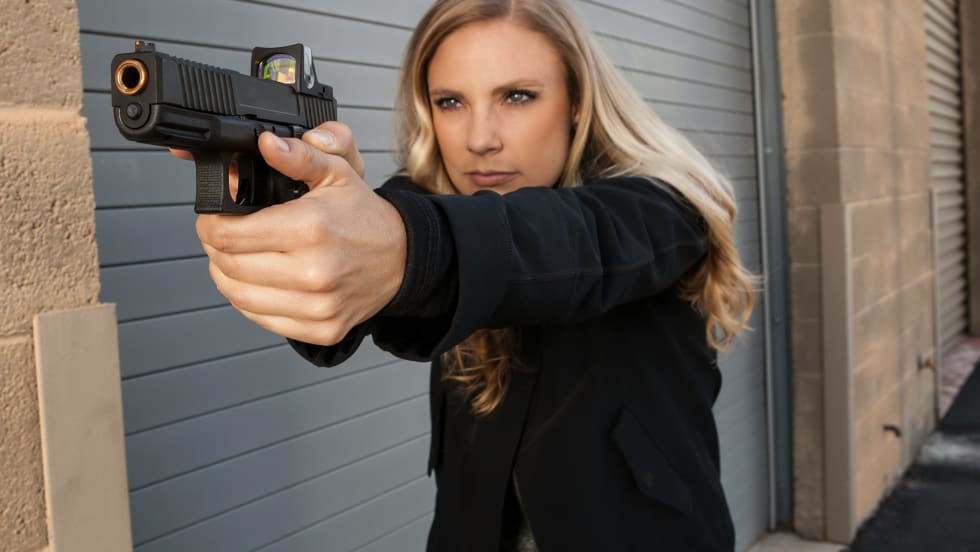A disheveled, homeless-looking man in his mid-30s sits sullenly in a bus stop shelter. It's 80 degrees outside, but he's wearing an old army field jacket. In his hand he's holding a hunting knife. The police are called, and when they arrive, they try to convince the man to relinquish the knife. The man merely shouts nonsensical replies. He becomes more and more agitated, then stands up and brandishes the knife. An officer to his right fires a bean bag round from a shotgun, striking the man in the mid-section, whereupon he drops the knife and falls back in a crumpled heap on the bench. He is taken into custody without further incident and delivered to the hospital for psychiatric evaluation.
This is the dream scenario for less-lethal weapons. A man who clearly presents a danger to the public is disarmed and taken to get help without serious injury to either himself or the police, and the department avoids a media assault about inadequate training and insensitivity to the mentally ill that would likely follow if the suspect had been shot. However, these types of standoffs are the exception and not the rule in daily police operations.










